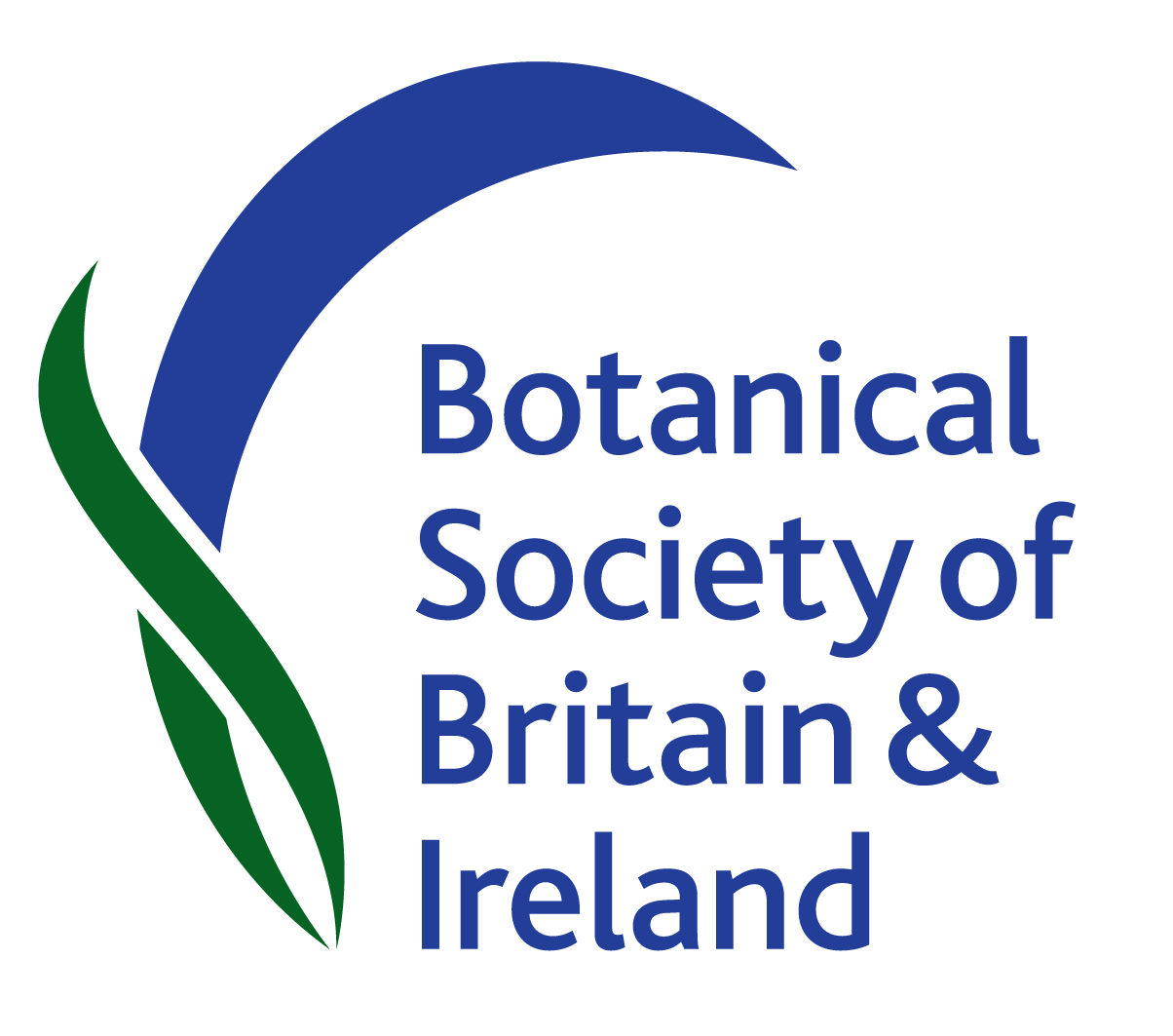nickbalmer
Joined: 15 Dec 2015
Posts: 2
|
 Posted: Tue Dec 15, 2015 8:51 pm Post subject: Harry Baber Posted: Tue Dec 15, 2015 8:51 pm Post subject: Harry Baber |
 |
|
Hello,
I was fascinated to receive an email from John Edmondson about this specimen. I am Harry Baber's great great grandson.
I was aware that there were botanical specimens collected by him at Edinburgh because a few years ago I was contacted by curators working for the Cambridge University Botanical Gardens who were undertaking a project to study the records of plants located in Cambridgeshire since the 16th Century by tracing the records held by the University.
However this is the first time that I have seen one.
There is obviously some confusion over who he was. Harry Baber who was born in St Georges Bloomsbury London on the 18th of March 1817, was the son of the Revd Henry Hervey Baber. Henry was the Keeper of the Printed Books at the British Library which in those days formed part of the British Museum.
They lived in a flat in the earlier museum building that was located on the site of the current courtyard to the British Museum. In 1827 Henry Baber was given the living of Stretham which is in the Fens between Cambridge and Ely. He may not have spent much time there before he eventually retired from his post at the Library in 1836. Amongst his duties at the Library he was responsible for running the Museums botanical collection. He employed a Mr Planta to do the day to day duties.
I don't think botany was his main focus, and apart from a trip to Munich in 1825 to buy 10,000 papers and books in German on botany from Baron Von Moll, I cannot find any evidence of other botanic activity. If anybody knows more I would love to learn about it.
Harry must have spent most of his childhood in and around Russell Square. He was educated at Westminster School; matriculating at Michaelmas 1834.He was admitted to Trinity College Cambridge on the 13th of June 1834. He became a Scholar in 1835, and a Bachelor of Arts in 1839 and an MA in 1842.
Whilst at Cambridge it is clear that Harry spent a considerable amount of time botanising. It is not clear if this was part of his studies, as I believe he was studying theology, or a spare time occupation. Records exist in the diaries of Charles Babington and J S Henslow, which record some of his trips and finds.
Chenopodium rubrum Stretham, H.Baber (Hb CC Babington), Oct.1838, CGE..
Lamium purpureum Grantchester, H Baber, 6.1837, CGE.
Lythrum hyssopifolia L. Stretham, H Baber, 9.1837, E.
Myosotis ramosissima Pit beyond Observatory, as M.collina flore albo., [var mittenii Baber added in pencil], H Baber, 6.1837, CGE.
Mentha x gentilis var cardiaca (Baber), Marshy field by Finch¹s Walk, Cambridge,.
Rorippa amph. Stretham, H Baber, 7.1838, CGE;
near Ely, H Baber, n.d. (but Babington label), CGE;
Trifolium subterraneum Gamlingay, Prof Henslow, H Baber (in pencil), Hb Churchill Babington, 1836, CGE.
Sparganium emersum Stretham-fen, as S.simplex, H Baber, 8.1837, CGE.
Veronica agrestis Stretham, H Baber, 30.9.1837, CGE.
Veronica polita Stretham, H Baber, 30.1837, CGE.
Lycopodium clavatum Stretham, H Baber, 9.1837, E.
Minuartia Went with Baber to Madingley...We noticed...Arenaria tenuifolia just come up, in the gravel pit near to the Observatory. 29.5.1837 Bab.Mem.62.
Muscari neglectum Hinton, H Baber, 5,1859, BM.
Oenanthe
Oenan pimpinelloides Wilburton, H Baber, Hb JA Power, 7.1838, 'I call this pseudanifolia, Poll. CE Salmon', & pimpinelloides crossed out. RTE.
Potamogeton compressus Stretham fen, H Baber, 6.1839, det. Dandy & Taylor, UCNW.
Potamogeton gramineus Stretham, H Baber, 1837, det. Dandy & Taylor, CLE.
Pulsatilla vulgaris Gogmagog Hills, H. Baber, May 1837, BM.Cambridgeshire, H Baber, Hb JA Power, 5.1838, RTE.
Gogmagog Hills, H Baber, 1839. ex Hb. F Tansom [?spelling.], YRK:6.
Gogmagog Hills, H Baber, Hb JA Power, 1839, RTE.
Gogmagog Hills, Mr H.Baber in Hb Mrs Atkins, 1839, BM.
Taraxacum palustre Ely, H. Baber, 1839, BM.
He became a curate to the Rev William Kirby at Barham in Suffolk. Kirby was the pioneering Lepidoptrist who first applied the Linnean system to the identification of American bugs. Apparently this was all done by post and without going to the USA. Barham is very close to Henslow's Suffolk parish, and I know that Kirby corresponded with Henry Baber, as well as paying visits to Stretham not long before Harry became his curate.
So Harry Baber had access to some of the very best botanical resources available in the World at the time, as well as contacts amongst the botanical clergy and professors at Cambridge.
I had until know presumed that the plants Harry had collected at Edinburgh came from Scotland, but this record clearly shows that he was sending specimens from Stretham to Edinburgh. I am wondering who his contact was in Edinburgh? Was the botanic collection already an old one?
Can somebody point me towards a good book on the history of the Edinburgh collection at that time?
Harry does not appear to have continued to botanise after about 1845, and this may be because he took up a post at Whitelands Ladies College in Chelsea where is energies went into training young ladies to become schoolteachers, which was a fairly radical idea at the time. He received a lot of patronage from Lady Angela Burdett Coutts, and later worked with Charles Dickens to protect B Coutts from attacks in the press, which she felt she couldn't reply to directly. His main interest switched to architecture and he was responsible for designing the college buildings as well as restoring Ramsbury Church in Wiltshire when he became Rural Dean after retiring from Whitelands.
I would be fascinated to learn if any other plants collected by Harry survive in other collections.
Nick Balmer |
|





